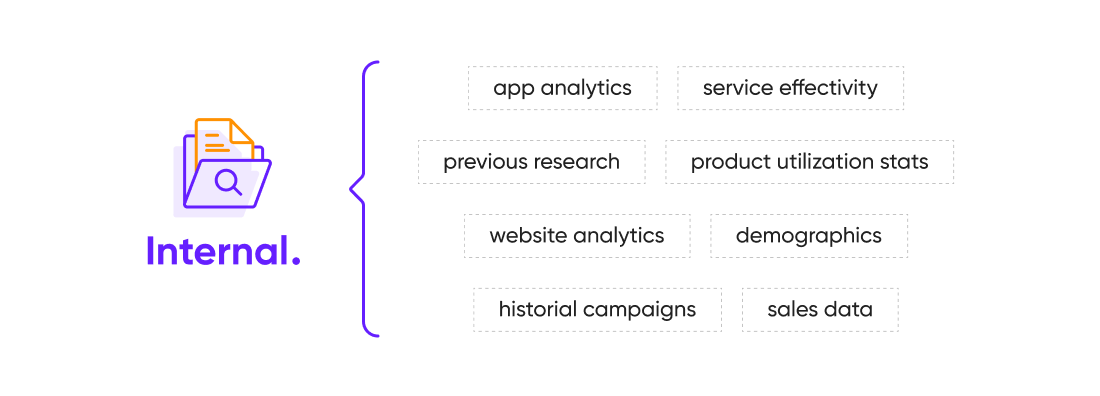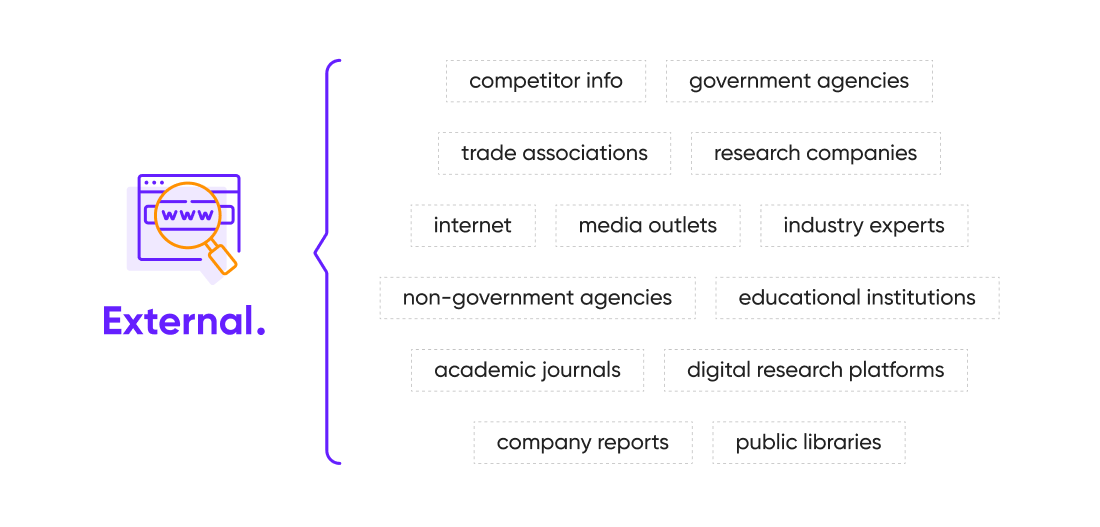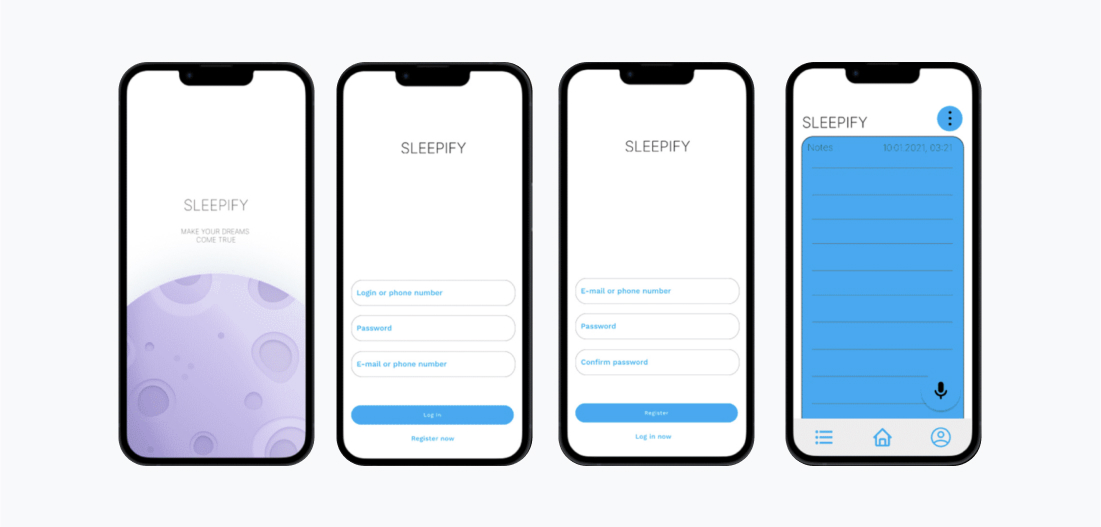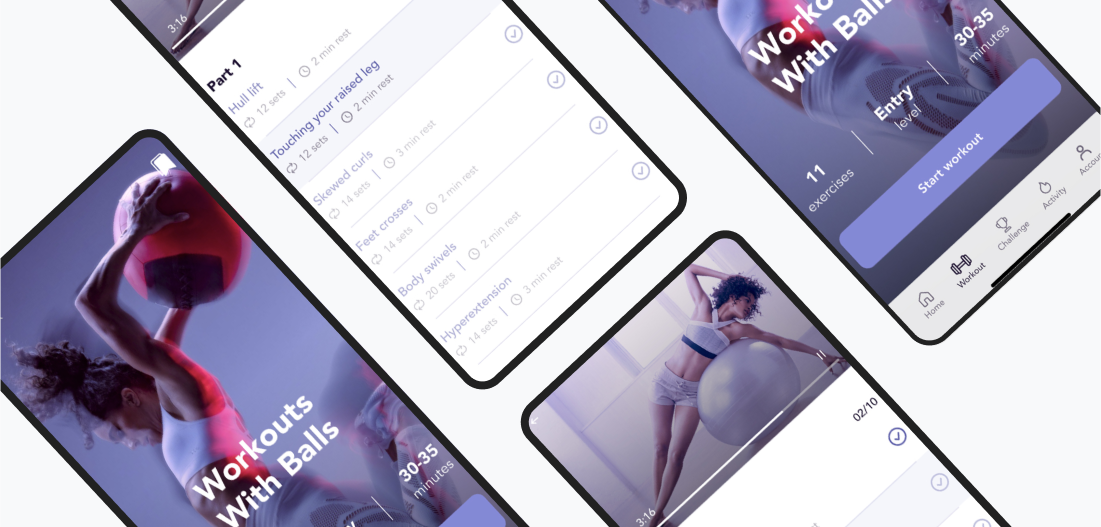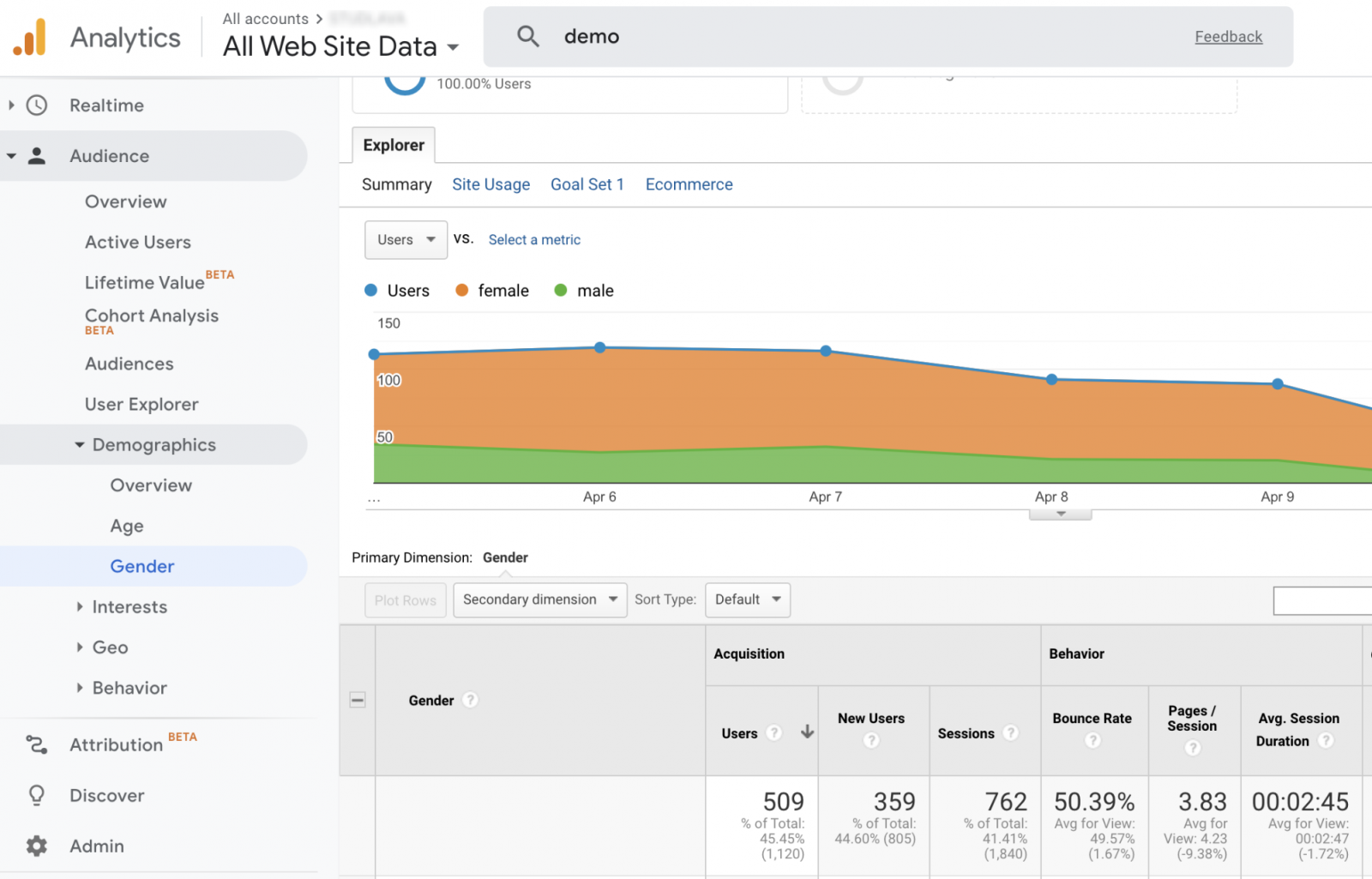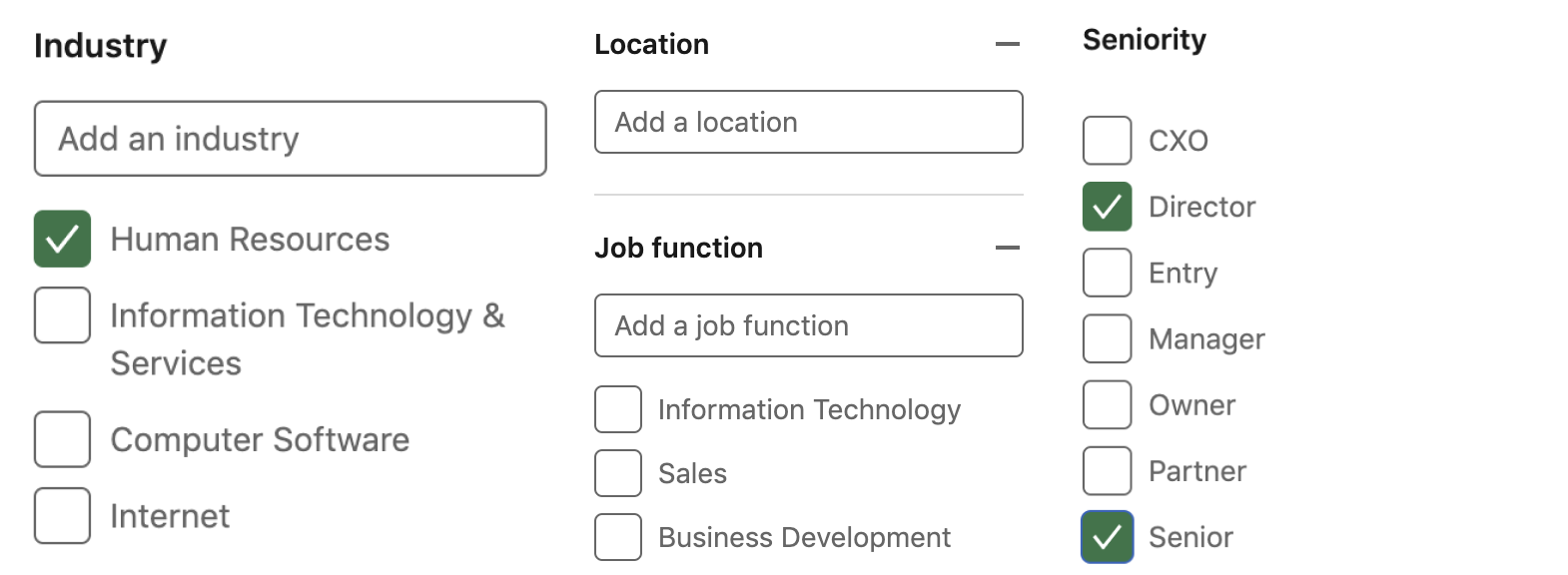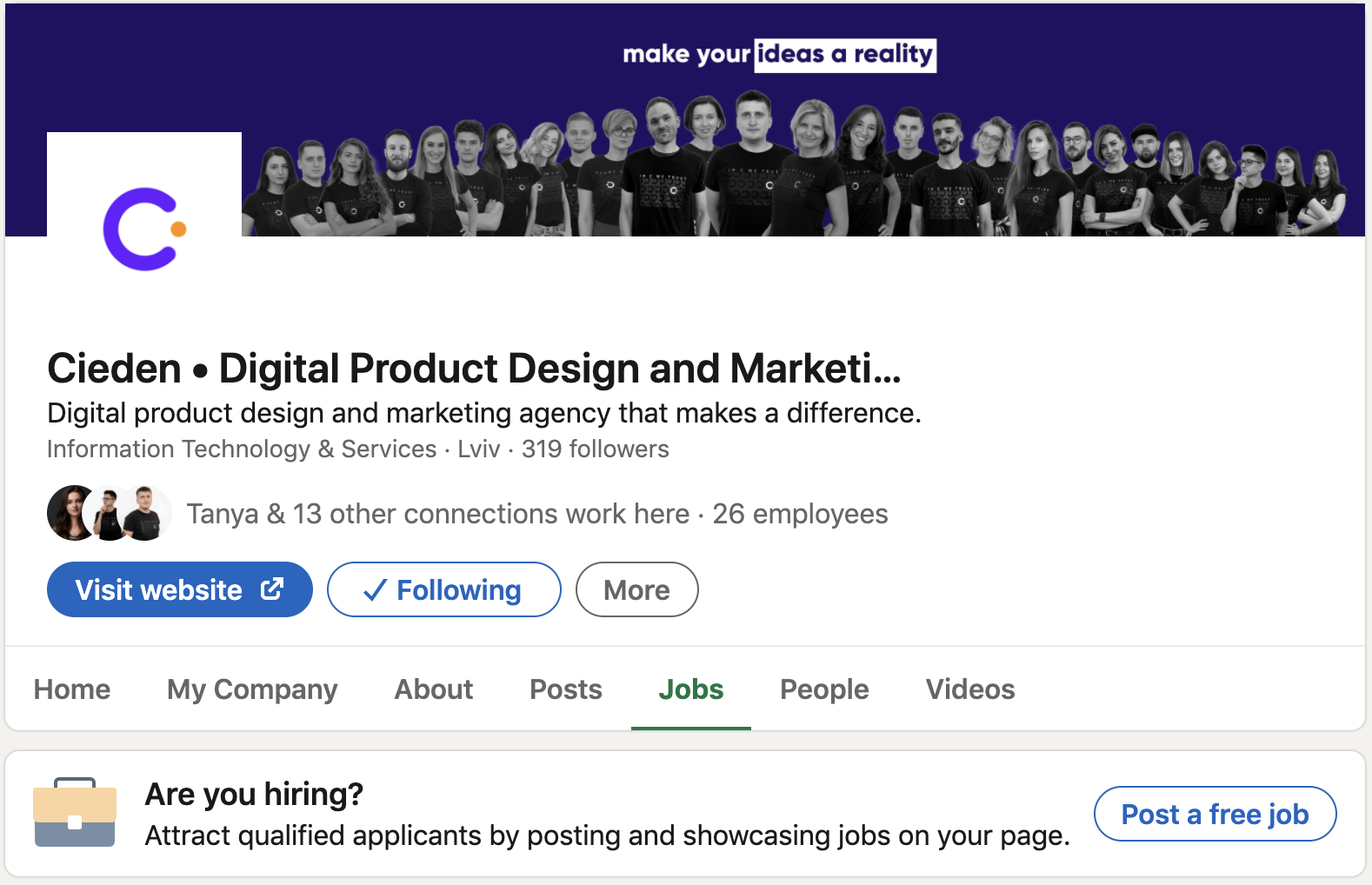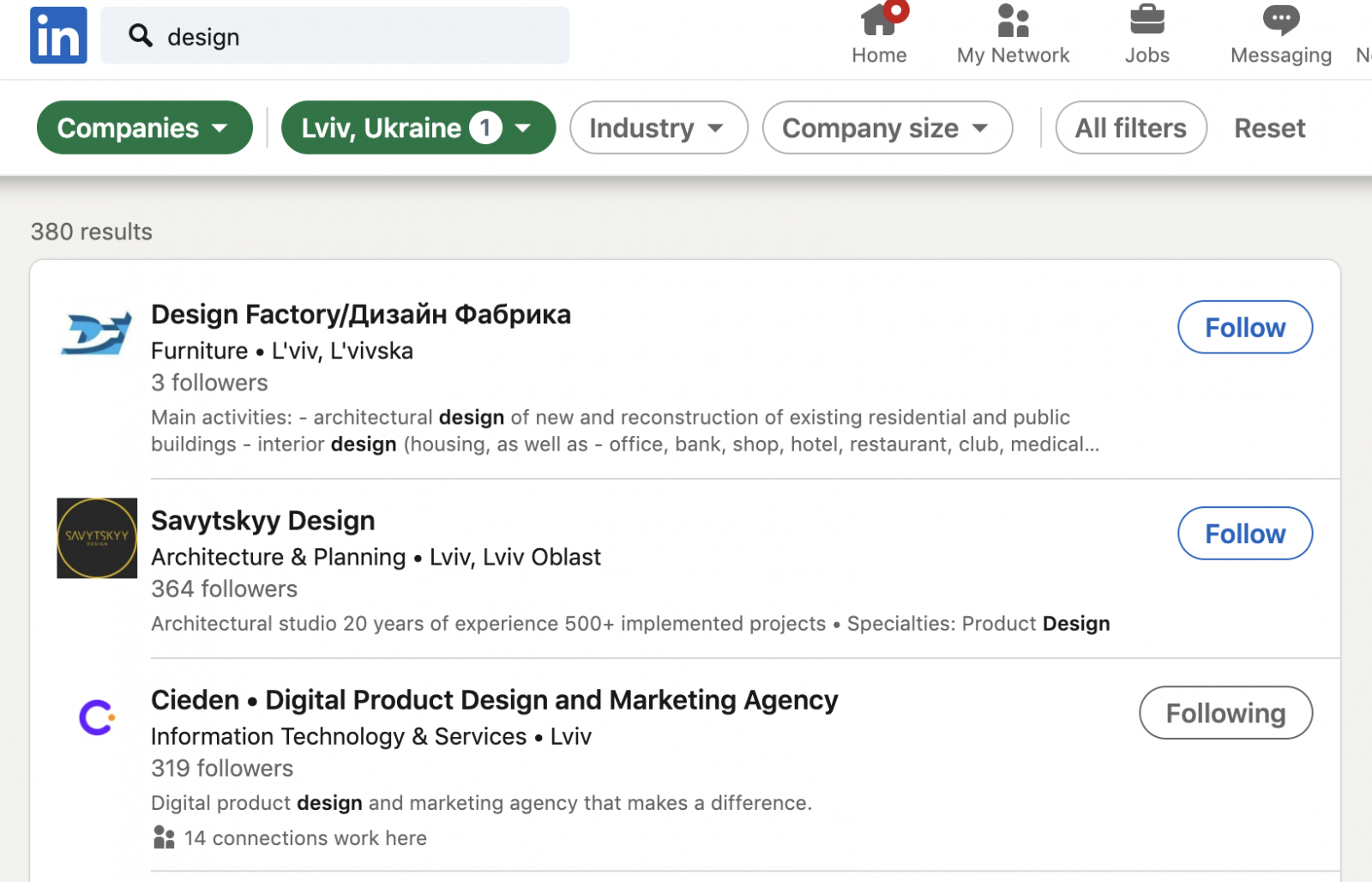Before you launch a product, you should get answers to several questions. The first and, we believe, most important one is to define the overall market situation and take a closer look at the potential customer. Mastering how to do desk research is a suitable, cost-effective way to get information for making data-driven decisions.
In this article, we’re going to highlight some essential tools for conducting desk research and defining user groups.
What is desk research?
Desk research (also called secondary research) is a research method that involves using existing data. This technique will allow you to get the first idea of your market and users “from your desk.”
Secondary research includes already published materials in reports, articles, or similar documents. We also recommend using software tools that can help you become more familiar with your users (you can find some of them below).
This method is much more cost-efficient than primary research and requests less time for conducting it. Still, a lot of analysis work should be done, and the result is really helpful. The best way is to mix qualitative user research and desk research. It’ll help you fit into your timelines and budgets.
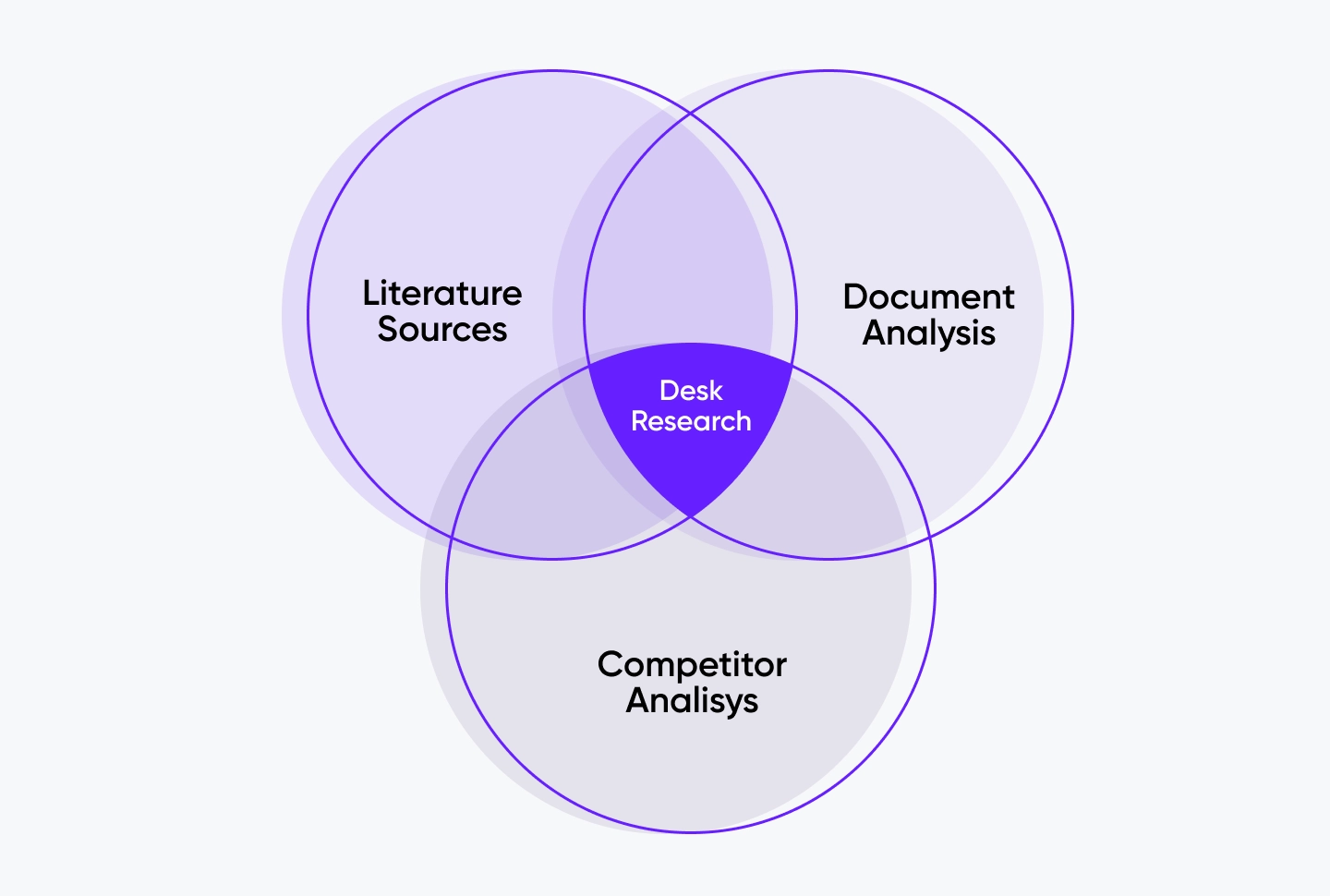
Primary vs. secondary research
Since we’ve just mentioned primary research, let’s see what it is and how it differs from secondary desk research.
Ask around and do your own digging
Primary research refers to the process of gathering firsthand data directly from the source, be it customers or prospects. This approach takes more time and effort than desk research, but you get the latest and most detailed information.
The most common primary research methods include the following:
- interviews;
- surveys;
- questionnaires;
- competitor reviews;
- focus groups;
- market mapping.
Check what others have already learned
Secondary research, or desk research, involves analyzing existing data and information collected by someone else or for another project or research purpose. It’s often the starting point for market research, providing foundational knowledge from pre-existing data. This method is quicker and easier than primary research, but the information you get might be older or less specific.
The desk research methods include gathering data from the following sources:
- internet;
- government databases;
- reports;
- academic journals;
- social media.
Primary or secondary research? Use a checklist
While both research methodologies are helpful, you may be wondering when to use each.
Go for primary research when you:
- need up-to-date information not readily available;
- study specific questions or problems not addressed in existing research;
- require in-depth info directly from your target audience;
- aim to test new ideas.
Desk research often paves the way for primary research. Chose this approach when you:
- need a basic overview of a topic or industry;
- want to get a background knowledge and context;
- aim to study existing trends and statistics;
- want to compare different perspectives on the same topic;
- seek to save time and resources.


